In the last year, I’ve taken up a new, rewarding hobby with astrophotography. Today’s best phones make it easier than ever before to get breathtaking shots of the night sky, which is why I want to share my favorite shots from each of the flagship phones I’ve tested throughout the year.
These include the iPhone 16 Pro Max, Samsung Galaxy S24 Ultra, Google Pixel 9 Pro XL, and OnePlus 12 — many of which top Tom’s Guide’s best camera phones guide. They're there for many reasons, but I will agree that the quality of images for astrophotography requires more than just the physical hardware. Plus, there’s a certain level of patience needed to get just the right images.
Most people don’t even know that these flagship phones are capable of capturing stuff besides the moon, stars, and constellations. As you’ll see, I’ve been able to image other deep space objects with their telephoto cameras — like nebulas and even some galaxies. Here’s all of my favorite shots.
What you need to know

Before I dive into it, I captured all the astrophotography images with each phone on separate occasions. Since astrophotography requires the phones to be extremely still with their long exposure, often upwards of 30 seconds, it’s not feasible for me to capture the same targets with each device. That’s why the images are from different days.
Secondly, it’s worth investing in a tripod and phone holder to capture astrophotography with phones. I’d recommend keeping them as close to the ground as possible because sometimes a slight gust of wind can ruin a shot. And finally, you’ll want to use the timer function to eliminate any shake when you’re hitting the shutter button.
Once you master these techniques, you simply need to switch to their respective night modes and select the longest exposure time.
Samsung Galaxy S24 Ultra
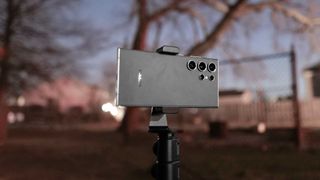
If you’re going to shoot astrophotography with the Galaxy S24 Ultra, I’d recommend switching to its Pro Mode and manually setting the shutter speed and ISO. In the first shot of the gallery below, I do like how the overall image is brightened to see the details in the tree’s branches, but the sky itself is a bit overexposed given how dark it looks in real life. Still, I love all the twinkling stars it’s able to capture.
In the second astrophotography image with the Galaxy S24 Ultra, I used Pro Mode to try and capture M42: The Great Orion Nebula. This is one of my favorite shots because the night sky is properly exposed, with less of the banding effect of the night shot one. And since I used a longer exposure, it manages to keep the noise down by shooting at a lower ISO.
And finally, there’s the last closeup shot of the Great Orion Nebula with the Galaxy S24 Ultra’s 50MP telephoto with 5x zoom. While I could’ve maxed it out 100x zoom, I chose not to in order to preserve the details. I think it does an excellent job of defining the gases that are coming from the nebula, which with the naked eye just looks like an ordinary twinkling star — but the S24 Ultra captures it in greater detail.

Apple iPhone 16 Pro Max
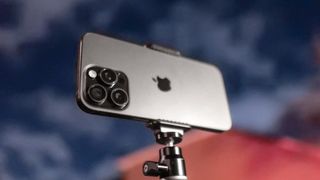
Apple’s flagship is a low light beast, and these astrophotography snapshots I captured with the iPhone 16 Pro Max proves that. Starting with its 48MP main camera, it’s the only flagship phone I’ve tested this year that can capture a galaxy. With it pointed straight up into the air, I was able to capture M31 Andromeda Galaxy — complete with its wispy trails. You’ll have to look very close in the first image below, but it’s there.
Next up, I want to point out how it captures The Great Orion Nebula with its 12MP telephoto camera with 5x optical zoom. I surmise that the clearer skies above me that evening attributed to what’s arguably my favorite astrophotography shot with these flagships, mainly because the nebula is better defined.
For my last pick, it’s the shot of M45 The Pleiades — which on that night was right above my garage. There’s a lot I love about this photo because not only are the seven main stars of the cluster visible with the main camera, but the colors of the leaves on the tree remain true-to-life.

OnePlus 12
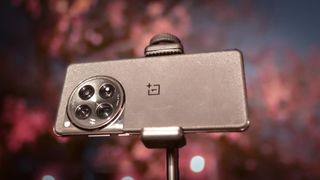
Even though its flagships have often underperformed against its main rivals in the low light department, I will admit that the OnePlus 12 can get some respectable looking astrophotography images. The first one I tried getting of Jupiter in the night sky is a perfect example, especially when I was contending against the strong moonlight from the Moon. The overall shot may look underexposed compared to the brighter captures of the other phones here, but enough to give it a realistic look.
The second image in the gallery below is of M45 The Pleiades, which initially I thought was captured by its 64MP telephoto camera with 3x optical zoom. But for some reason it stuck with the 50MP main camera, which I suspect is simply due to the low light conditions. Given how effective OnePlus leverages pixel binning here, I think it still pulls off an excellent shot.
Going back to M42 The Great Orion Nebula, the OnePlus 12’s main camera again captures an image that’s more underexposed, but it doesn’t have the banding effect that I tend to see with the night modes on other phones.

Google Pixel 9 Pro XL
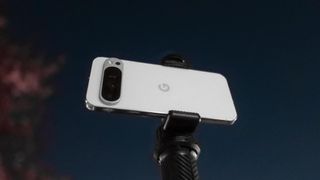
There's a reason why I saved the Pixel 9 Pro XL for last. Out of all the phones I’ve tested, the Pixel 9 Pro XL is my favorite for astrophotography. Not only does it have an excellent 48MP telephoto camera with 5x optical zoom, but there’s a dedicated astrophotography mode that pushes the exposure to 4 minutes — resulting in a neat timelapse video to complement the image it captures. The first shot of M45 The Pleiades below shows a few rolling clouds overhead, while still showing the movement of M45.
With an unobstructed view of Jupiter, I love how this shot from the Pixel 9 Pro XL’s main camera also manages to expose some of the nearby stars. If you look to the south-east, there’s the Great Orion Nebula — while the seven stars of The Pleiades are visible to the north-east.
In order to better show off its telephoto capabilities with astrophotography, I pointed the Pixel 9 Pro XL towards the Great Orion Nebula and used its 5x optical zoom for a closer look. Needless to say that I’m astounded by what it sees, unlike my own eyes that merely see the famous star cluster as a smudgy blob in the sky. Not only is Orion’s Belt clearly captured in the 5x zoom photo, but I really love how the nebula itself is exposed.

More from Tom's Guide
- I just tested the weirdest looking Android phone of the year — and it's a hardware monster
- Samsung Galaxy S25 Ultra leak shows off curvier new design
- Android 16 could make unlocking your Pixel 9 much quicker — here's how
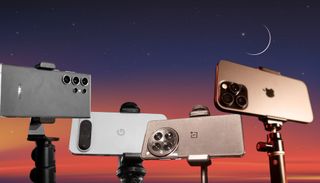
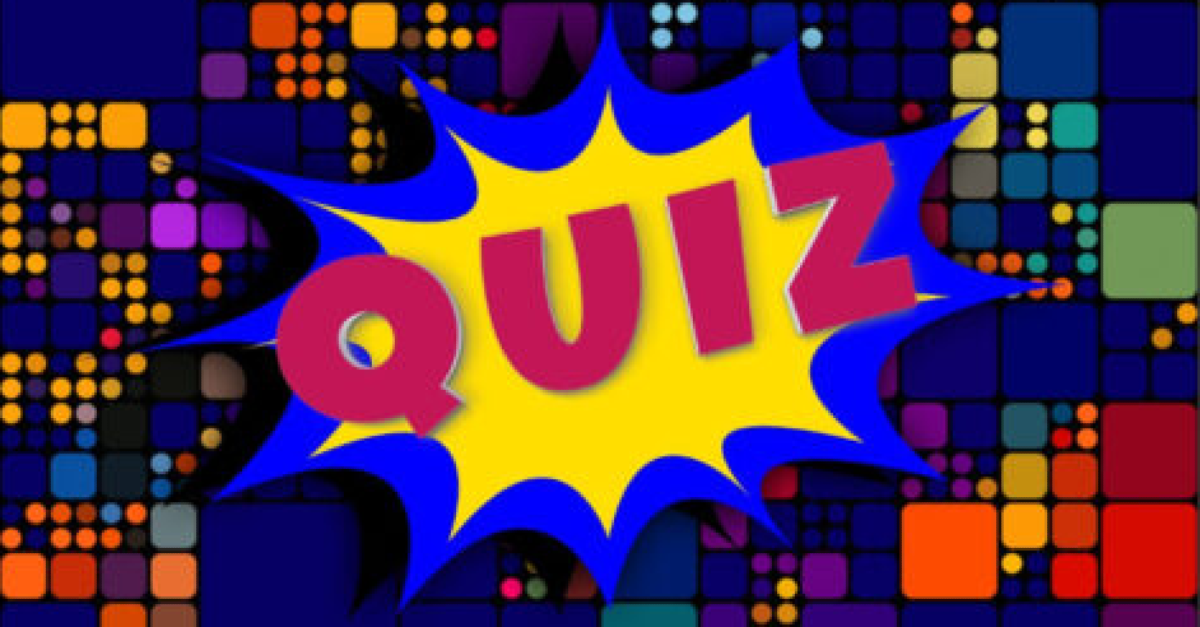

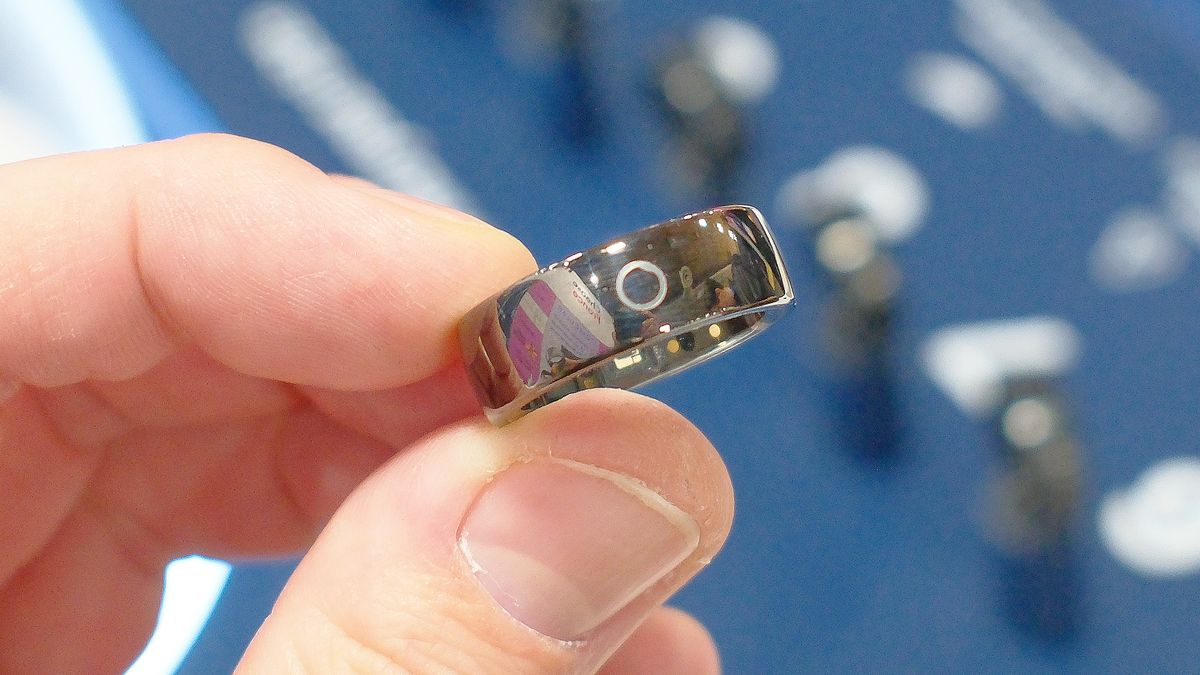

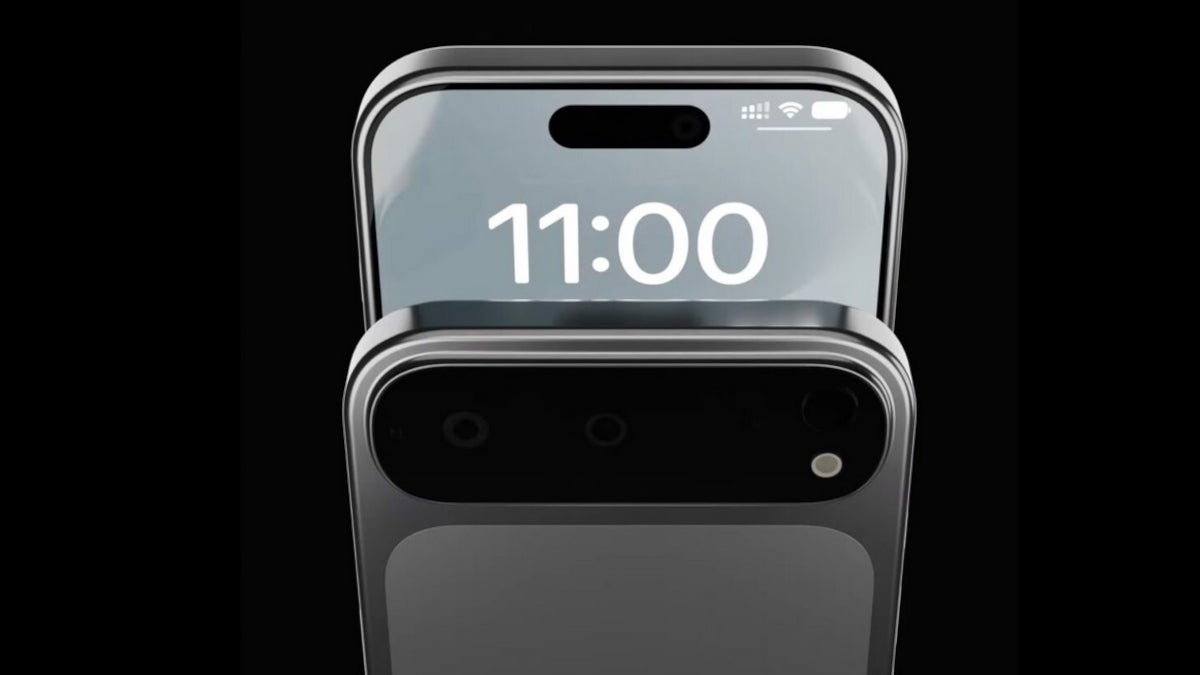




![How Performance Marketing + Brand Fuels Traffic Growth And Conversions [Webinar] via @sejournal, @hethr_campbell](https://www.searchenginejournal.com/wp-content/uploads/2024/12/featured-963.png)
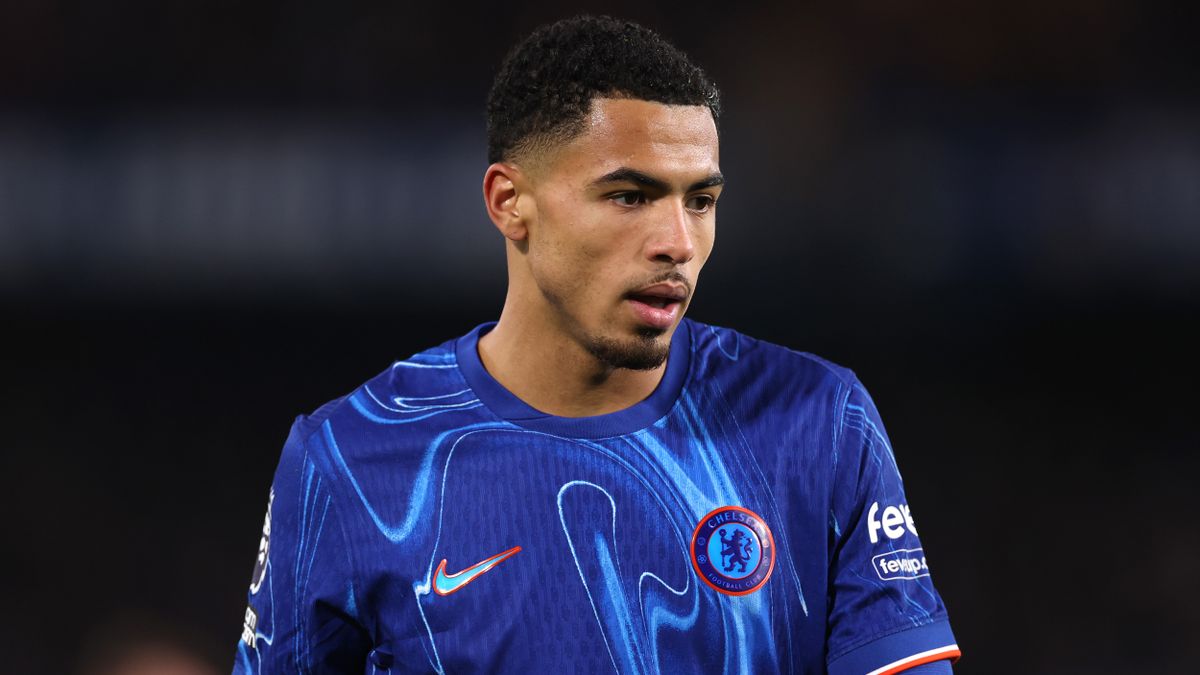









 English (US) ·
English (US) ·